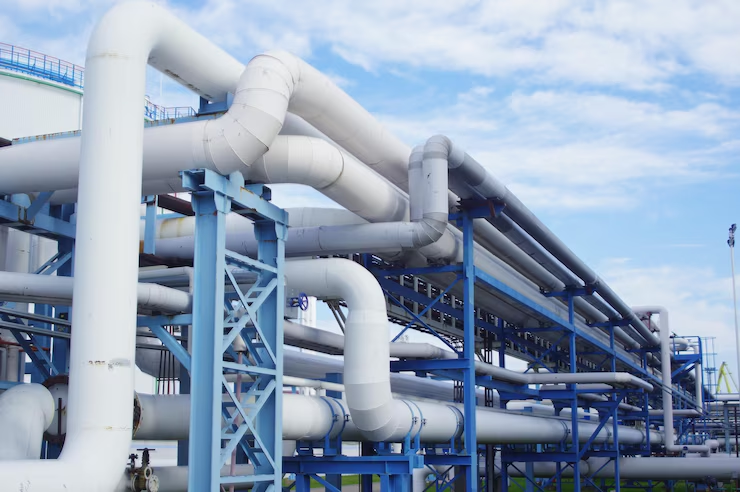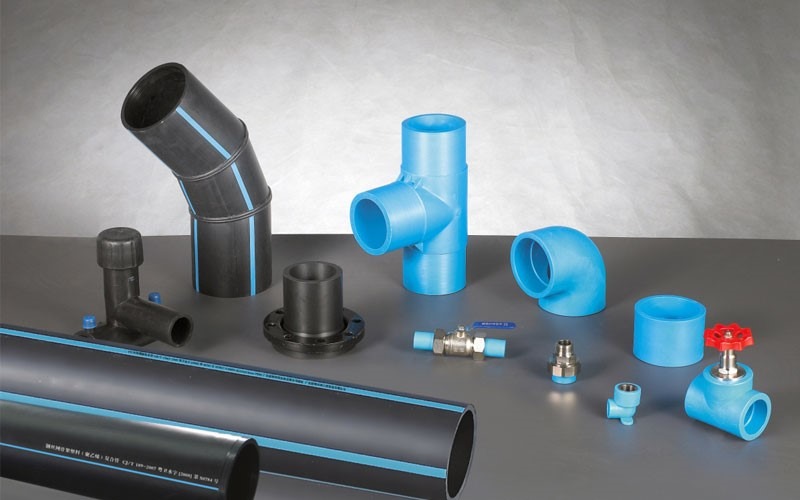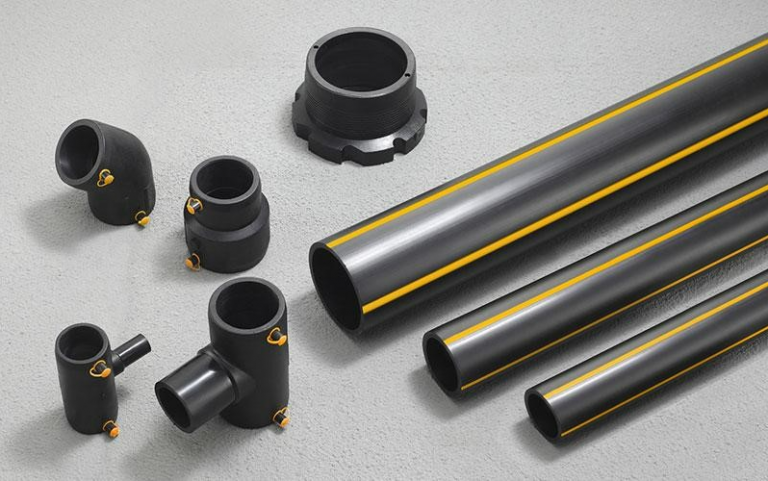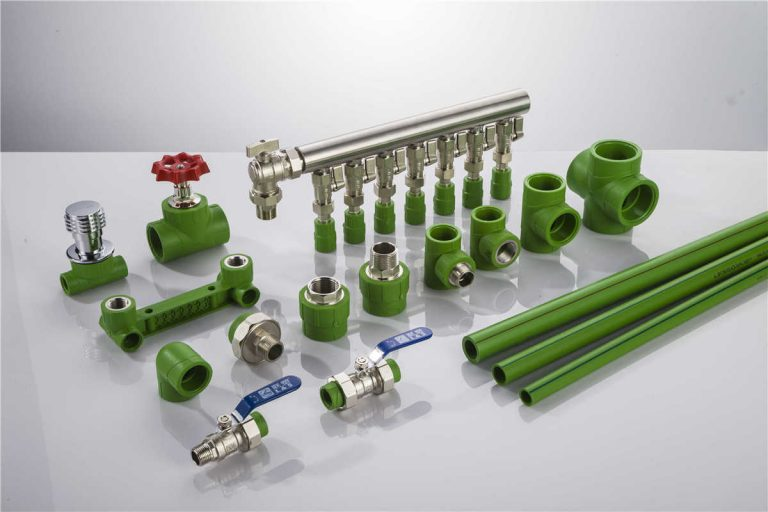TEL
Back

Search
Pipes of any material will eventually rust, corrode, or leak after decades of service. Replacement costs may range from thousands to tens of thousands of dollars, depending on the project scale. Pipe replacement costs are a major part of most construction projects.
That is why it is important to follow some critical steps during the planning, selection, and installation of pipes, which will help you save pipe replacement costs later on. For example, reasonable planning, installing durable and reliable pipes right at the start of the project, and batch procurement are some of the effective measures. Today’s blog will discuss how to save pipe replacement costs. Read on to learn more!

(Copyright photo from https://www.freepik.com/free-photo/closeup-industrial-pipelines-around-factor-sunny-day_28694673.htm)
Saving pipe replacement costs can be considered from the pipe planning stage, pipe procurement stage, pipe installation stage, and subsequent maintenance and repair.
While arranging your pipe systems, always take care of the following things to save pipe replacement costs down the road:
The more complicated the layout becomes, the more you end up paying for the project. Sharp turns, long pipe runs, and unnecessary fittings increase material usage and labor time. That is why simple and direct pipe routes are easier to install and maintain.
At the planning stage, carefully select the material of the pipe based on your intended use and avoid spending extra money for material that is not even needed.
For example, for hot water supply, PPR pipes are recommended for their high-temperature resistance, making them suitable for both commercial and residential hot water systems. For gas supply, PE pipes can be used. They are lightweight, flexible, and have excellent impact resistance. For industrial applications requiring drainage of corrosive liquids, PVC-U drainage pipes offer superior corrosion resistance and extended service life.
While it is tempting to go with products with higher specifications every time, it is important to stick with your requirements to save pipe replacement costs.
Selecting oversized pipes adds to unnecessary costs, while undersized pipes can lead to system failure. That is why you need to properly evaluate the thickness and size of the pipe, which is possible by knowing the different parameters, such as pressure and flow rate of the fluid that will pass through that pipe. Proper sizing at the planning stage helps avoid waste and improves efficiency.
While procuring the pipes, some procurement strategies and material selection can significantly reduce costs while ensuring the long-term reliability of pipe systems.:
Purchasing in bulk can obtain discounts and lower the per-unit cost. It also simplifies logistics by reducing the number of deliveries and interruptions. When all materials arrive on time and in one go, the installation process runs smoother and faster.
A slightly more expensive but durable pipe that lasts for long is much more worthy than a low-quality pipe. Renowned pipe suppliers can better control production quality. Thus, paying more attention to pipe quality and purchasing them from an expert manufacturer helps reduce the frequency of replacements and avoid damage-related costs.
This way, you will not only save pipe charges for replacements but also get peace of mind that you have a durable system in place.
Hiring a professional team is one of the key strategies to save water pipe replacement costs during the installation phase.
First, opting for a professional team prevents hassles from incorrect disassembly and reinstallation and also minimizes unnecessary material waste through optimized pipe cutting and layout. Upon completion, they rigorously do pipe pressure tests to ensure hazard-free operation.
Moreover, professional teams work efficiently. It reduces your labor costs and time waiting for water. Most importantly, certified teams typically provide liability insurance. So you don’t have to worry if issues arise.
Once you have done installing the pipe, here are the steps to take care of:
Have a close look at different warning signs that signal pipe damage. For example:
ü Aging Signs: Cracks, deformation, or discoloration on pipe surfaces.
ü Connection Issues: Water stains, rust, or mold at joints indicate compromised seals.
ü Performance Warnings: Reduced water pressure suggests blockages, while cloudy water signals corrosion.
In high-latitude regions with prolonged cold climates, winter freeze protection measures must be implemented. Regular checks will identify issues before they escalate into a full replacement pipe and demand a pipe change.
Once the pipe has completed its lifespan, it should be replaced, even if it appears functional. Generally, the lifespan of plastic pipes is only a few decades, while high-quality plastic pipes can last for over 50 years under normal use.
Old pipes are prone to sudden failure, and emergency replacements are always more expensive because you may still need to repair the walls and floors. Replacing old pipes at the right time reduces downtime and keeps repair costs manageable.
In pipe engineering, the supplier you choose plays a direct role in how long your pipe system lasts and how much it costs you over time. A dependable supplier provides quality materials and consistency, accurate product specifications, and proper support. Cheap plumbing may look appealing at first, but poor-quality materials wear out faster. In most cases, the money you think you saved when you buy pipes disappears into frequent repairs and labor costs.
LESSO is a supplier that offers long-term value. Our pipes and fittings are renowned for their high precision, superior durability, and long service life. Our product line covers various materials, including PVC, PPR, HDPE, PE, and more, with certifications such as CE, SGS, and NSF. Whether for home improvements, municipal projects, or industrial applications, you can find suitable products here. We offer:
l Rigorous quality control across all processes, from material selection to delivery.
l Cost advantages for bulk orders.
l Pipes with a service life of up to 50 years under normal usage conditions.
Any consultation will be appreciated for your projects.
The key to saving pipe replacement costs is making thoughtful choices at every stage, like planning, procurement, installation, and long-term maintenance. Simple layouts, proper material selection, and professional workmanship all contribute to a more cost-effective and durable system.
Most importantly, working with a reliable supplier like LESSO ensures that the quality of materials meets the demands of your project. With the right approach and the right products, you can reduce pipe replacement costs and build a plumbing network that lasts.
Contact LESSO now for high-quality pipes!



